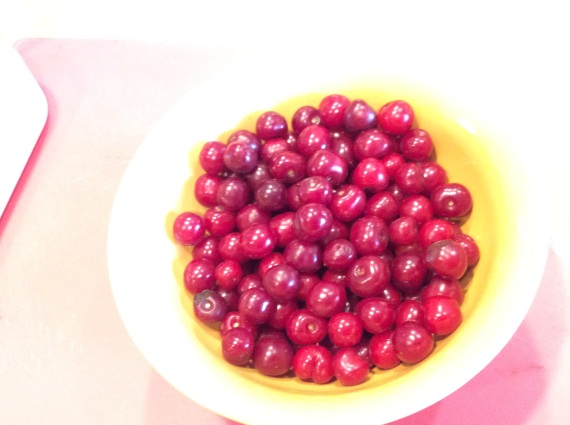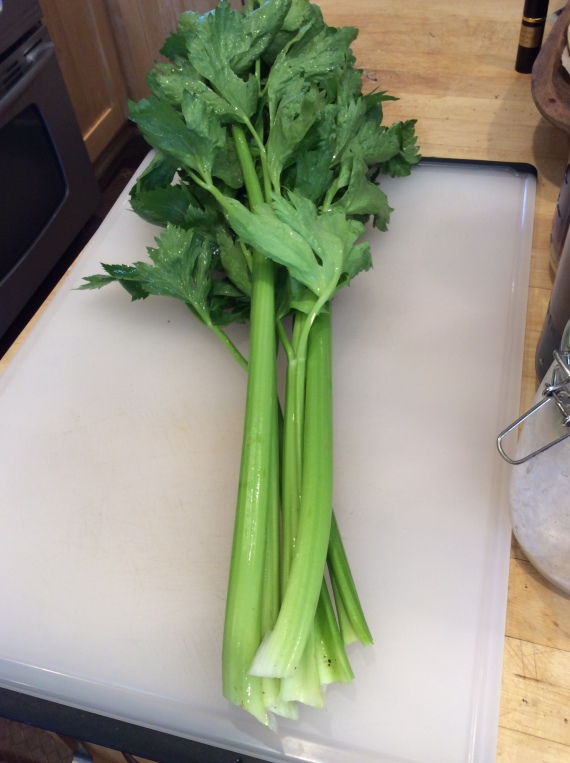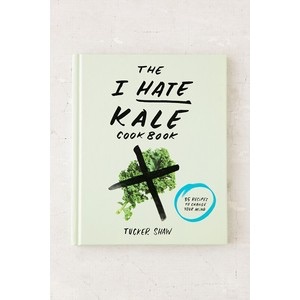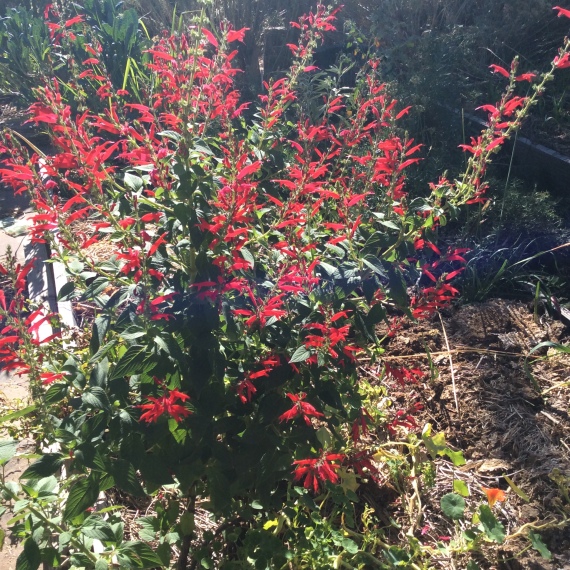
Here in central New Mexico our garden year is slowly drawing to a close and the first frosts have blasted the tenderest plants but the days are still warm and lovely. I have been out in the woods gathering wildlings but they are shutting down for the year. So it’s a good time to start summing up the season. I hope to write in more detail about all these things over the winter, but life being the uncertain business that it is, might as well get started now.
First, beauty. In October, the tender tropical pineapple sage covers itself with red flower spikes and is one of the loveliest sights the garden can offer at this season, so every spring I buy a plant and stick it in somewhere. It makes a good last hurrah for the bees. I make tea from it occasionally during the summer and I’m experimenting right now with tincturing the leaves to make a cordial. More on that later.
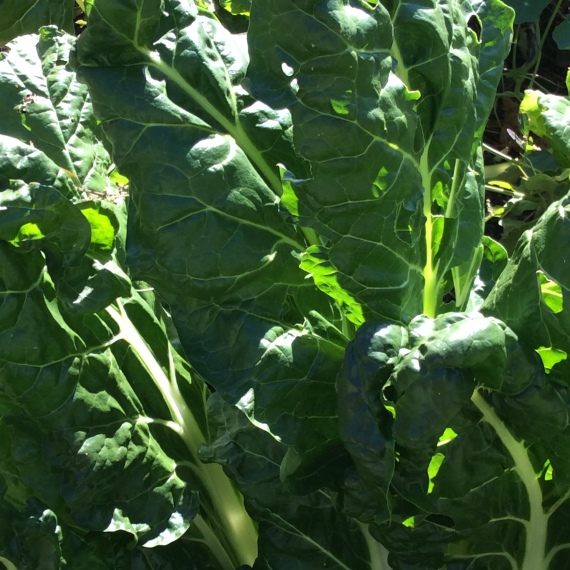
This is chard’s second-best season. In late spring and summer there are other greens that I prefer, so I plant my chard in June and in October it is covered with lush green leaves and ready to harvest, when most other greens have given up. Then I leave the plants in place over the winter and in the spring they send out a burst of leaves that are thick, meaty, tender, and utterly delicious. Remember to harvest the spring leaves before the central stalk starts to form, because as soon as the plant begins to shoot to seed, the leaves become dirty-tasting. Pick all the fall leaves that you want, since this does not seem to affect the ability of the plant to live through the winter. Blanch some for winter greens if you don’t already have enough in the freezer.

All my garden fruits except the quinces are finished for the year, but rose hips are easily found. I am busy making extracts and cordials from them as a source of vitamin C, flavonoids, and pleasure over the winter.
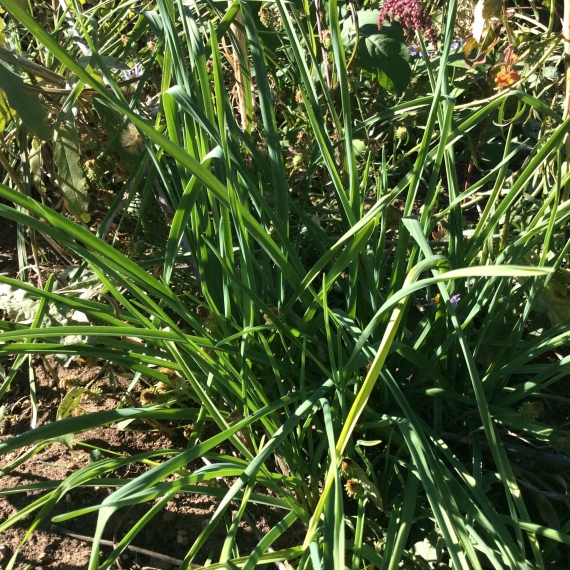
The perennialized section of elephant garlic is making clusters of thin tender leaves that are delicious snipped up for garlicky chives. I don’t care for the bulbs, and think that the greens are the best part of this leek relative, so I cut all that the plants will produce as I need them. The thin chive like greens shown here come from the tiny bulbils that are found around the outside of the bulbs. I plant them in handfuls to get a thick growth of greens as shown here.
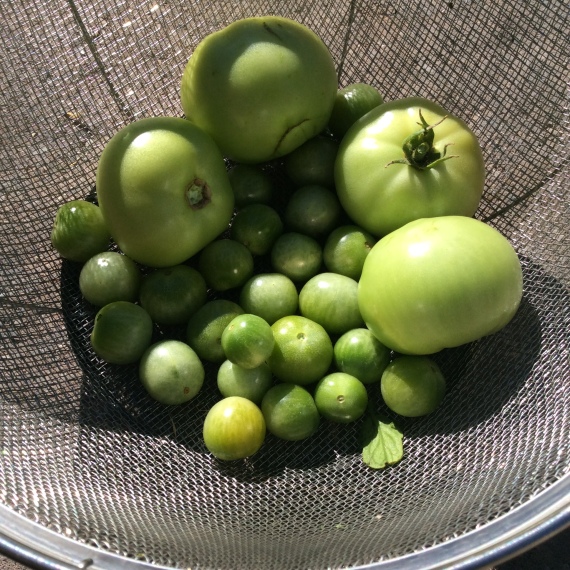
Those last green tomatoes make a wonderful sweet tangy chutney.
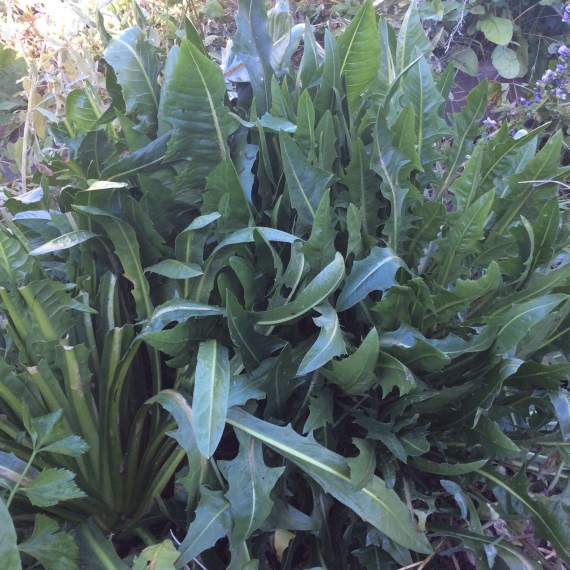
I have a clump of perennialized chicory, and it languishes in hot weather but produces a vigorous crop of deep greens in the fall. The lower half of the leaf is mostly stalk, so I tend to cut off the upper halves for cooking. Chicory is a bitter green, much like dandelion. It responds wonderfully to sautéing with bacon or pancetta, garlic, and some red chili if you like it. It is also very good for adding savor to mixed greens that include blander species such as chard.
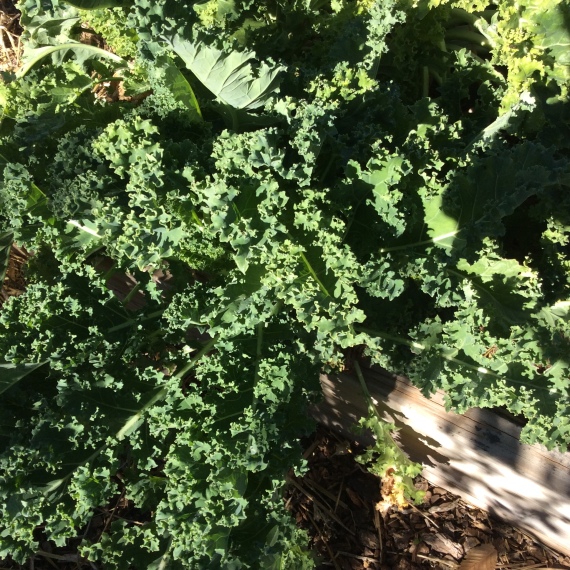
Kale is at its best this time of year, and becomes more tender and sweet after a few frosts. The Tuscan kale will winterkill sooner than the others, so eat it first. In climates with snow cover, curly kale will last throughout the winter, but in our very dry and windy winters with very little snow it seldom survives in any sort of edible condition. Covering it with a frost blanket might well preserve it, but is more trouble than I really care to go to. There are plenty of other things to eat.
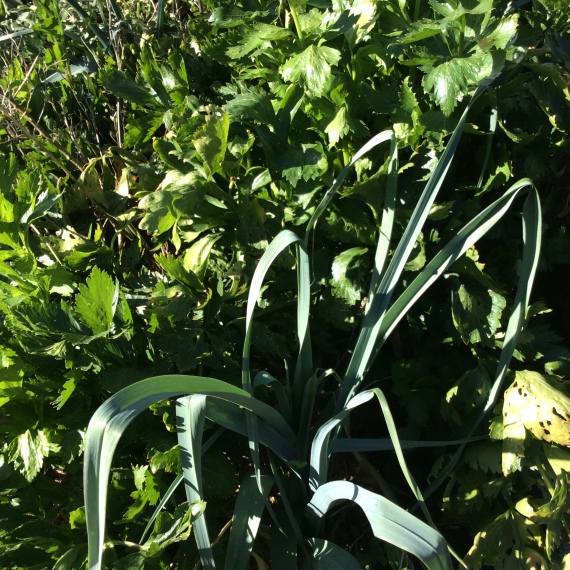
Celery and leeks need to be kept well supplied with water, and will still be fresh and good in the first week or two of November. I usually buy leek plants in the spring, and none of the hardiest varieties are available as plants. There are very hardy varieties that will hold perfectly in the ground over winter, but to have them you have to remember to plant the seeds in midwinter, and I always forget. Maybe this year I’ll remember.

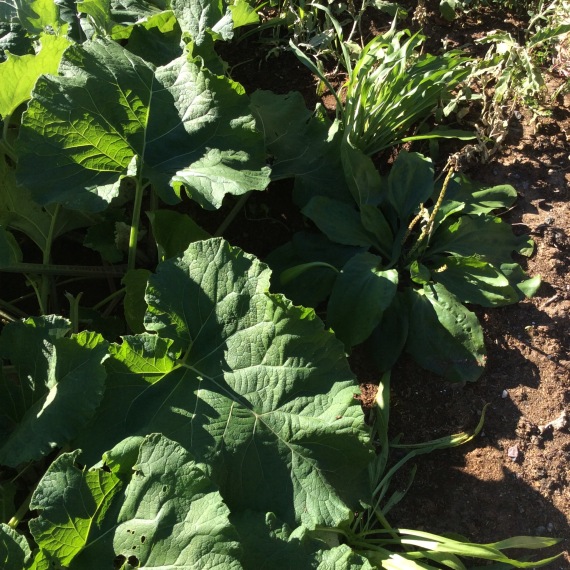
Now we come to the perennial weed patch. Nobody who lives or gardens in the east will ever believe how much trouble I have taken to get burdock, milkweed, nettles, pokeweed, plantain, and scorzonera to grow in my area. Burdock provides a good root in the fall from first year plants, makes large coarse leaves that my goat adores, and produces a flower stalk that is supposed to be the best part of the plant for edible purposes. I only got it to germinate this year, so I have not tried the stalks yet, but will be digging my first roots soon. Some people say the leaves and leaf stems are edible, but they are so stringy in texture and coarse in flavor that I’ve never been that desperate for something to eat.
The plantain is the Rugels variety which is rumored to be less stringy and have a better flavor than common plantain. I haven’t tasted it yet but will report back.
Milkweed can be eaten in many ways in many seasons. As far as I know, our desert native milkweeds are largely inedible, but I have finally gotten the common milkweed to germinate and grow strongly. So next spring I hope to have edible shoots, buds, and pods. Read master forager Samuel Thayer’s books for excellent sections on the uses of milkweeds.
Pokeweed can be a giant nuisance but the spring greens have a great savor. Or at least that’s what I remember, although I haven’t tasted them for 25 years and couldn’t swear to it. If you decide to try them, remember that only the young shoots about 6 inches high are edible and boiling in two changes of water is not optional. It is necessary to remove toxins. I hope to harvest my first shoots next spring.
Nettles and dock are two superb spring greens that seldom occur wild in my area, but grow very nicely in my weed patch. They provide some of the earliest and most nutritious greens of the spring, and in late fall they produce some new greens that are well worth having at that season. Every year I swear that I will remember to cut down the nettle patch in late summer so that the new greens can grow up unobstructed, and every year I forget and have to harvest the new greens with elbow length grilling gloves. But they are worth it. Try to keep the nettles separate from the other plants, or you will have a tough time harvesting everything around them. The sting is pretty fierce.
I give my weed patch a periodic shallow mulch with mixed alfalfa and goat manure. They might grow well enough with no attention to fertility, but if you want your produce to be as nutritious as possible, the soil needs feeding.
If you wonder why it is worth having a weed patch, remember that these are some of nature’s wonder plants, among the most nutritious greens in the world. In addition, they taste really good. Also, with perennials, once established the only work you have every year is harvesting and cooking them. Once adapted to an area, they are unlikely ever to desert you. Permaculture also avoids soil disturbance. These plants are not classically attractive and need an inconspicuous spot, but they have a superbly healthy rough-and-ready vigor that is bracing even if it isn’t beautiful.















